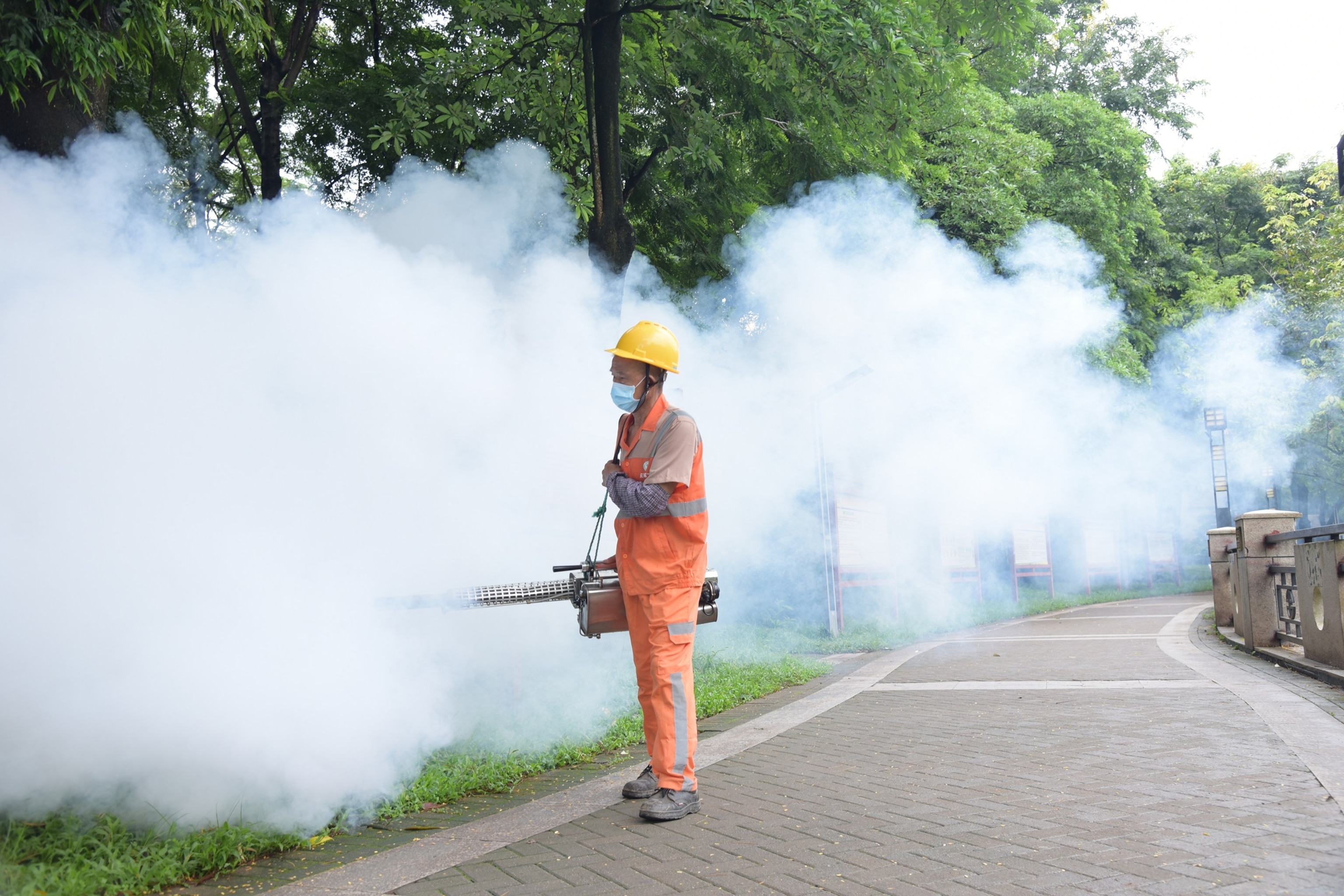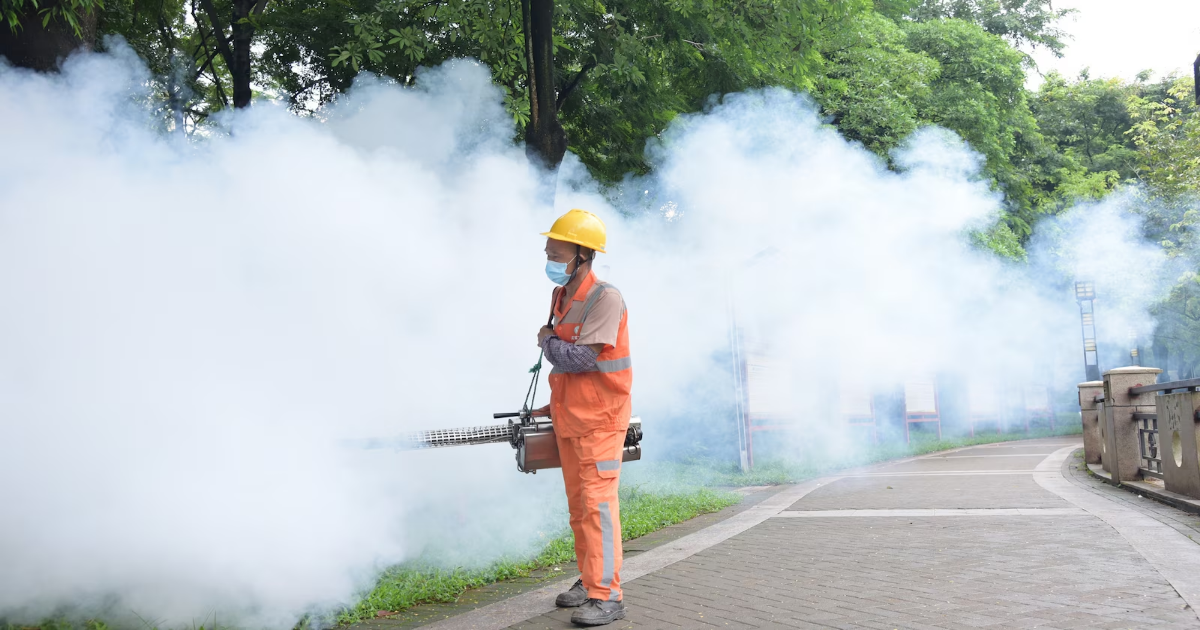The CDC’s travel warning centers on the area of Guangdong Province, China.
The U.S. Centers for Disease Control and Prevention has issued a travel warning following an outbreak of a mosquito-borne illness called chikungunya in China.
The CDC’s warning centers on Guangdong Province, where the outbreak has exceeded 7,000 confirmed cases since June 2025, according to Chinese health officials.
The outbreak in Guangdong Province has been linked to monsoon flooding, which created ideal breeding conditions for mosquitoes, which spread the virus that causes chikungunya.
In the new travel warning, the CDC emphasized that vaccination is available and recommended for travelers.
Dr. Todd Ellerin, chief of infectious disease at South Shore Health in Massachusetts, told ABC News that travelers to the region “should absolutely take precautions” against the illness.
“Wear long sleeves and pants, use insect repellent with DEET, and use mosquito netting for babies too young for repellent,” said Ellerin, who is not affiliated with the CDC.
Here is what to know about the illness.
How common is chikungunya?

A sanitation worker sprays insecticide to prevent the spread of Chikungunya on August 3, 2025 in Dongguan, Guangdong Province of China.
Chikungunya is not a new infection. It has been around since the 1950s, with outbreaks more commonly seen in tropical areas in recent decades.
Globally, there have been about 240,000 infections since the start of 2025, according to the European Centre for Disease Prevention and Control.
Chikungunya is not common in the United States. The CDC says there have not been any reported locally acquired cases since 2019.
What are the symptoms of chikungunya?
According to the CDC, common symptoms of the virus include sudden-onset high fever, severe joint pain (especially in the hands, wrists, ankles, and feet), muscle pain, headache, fatigue and skin rash.
Most people recover without medical intervention within seven to 10 days, but in some cases, symptoms can persist for weeks or months.
What is the incubation period for chikungunya?
Chikungunya typically has an incubation period of less than one week, according to Ellerin.
“If it’s been more than a week since you left a high-risk area, you’re likely in the clear,” he said.
How is chikungunya treated?
There is no specific antiviral treatment for chikungunya. Instead, care focuses on relieving symptoms while the body recovers.
The CDC recommends rest, fluids, and medications like acetaminophen for pain and fever. NSAIDs may be used once dengue, another mosquito-borne disease, has been ruled out.
Deaths from chikungunya are rare, according to the CDC.
Is there a vaccine for chikungunya?
There are two vaccines available in the U.S. that begin offering protection within about two weeks of a single dose.
The CDC recommends vaccination for travelers visiting areas with active outbreaks, people spending extend time abroad — typically six months or longer — and laboratory workers who handle the virus.
What contributes to the spread of chikungunya?
Climate change is a major driver of chikungunya’s global spread.
“Warmer temperatures and increased rainfall are helping Aedes mosquitoes expand into new regions,” Dr. Krutika Kuppalli of the division of infectious diseases at the University of Texas Southwestern Medical Center told ABC News.
Veer Patel, M.D., is an emergency medicine doctor at Maimonides Medical Center and a member of the ABC News Medical Unit.



